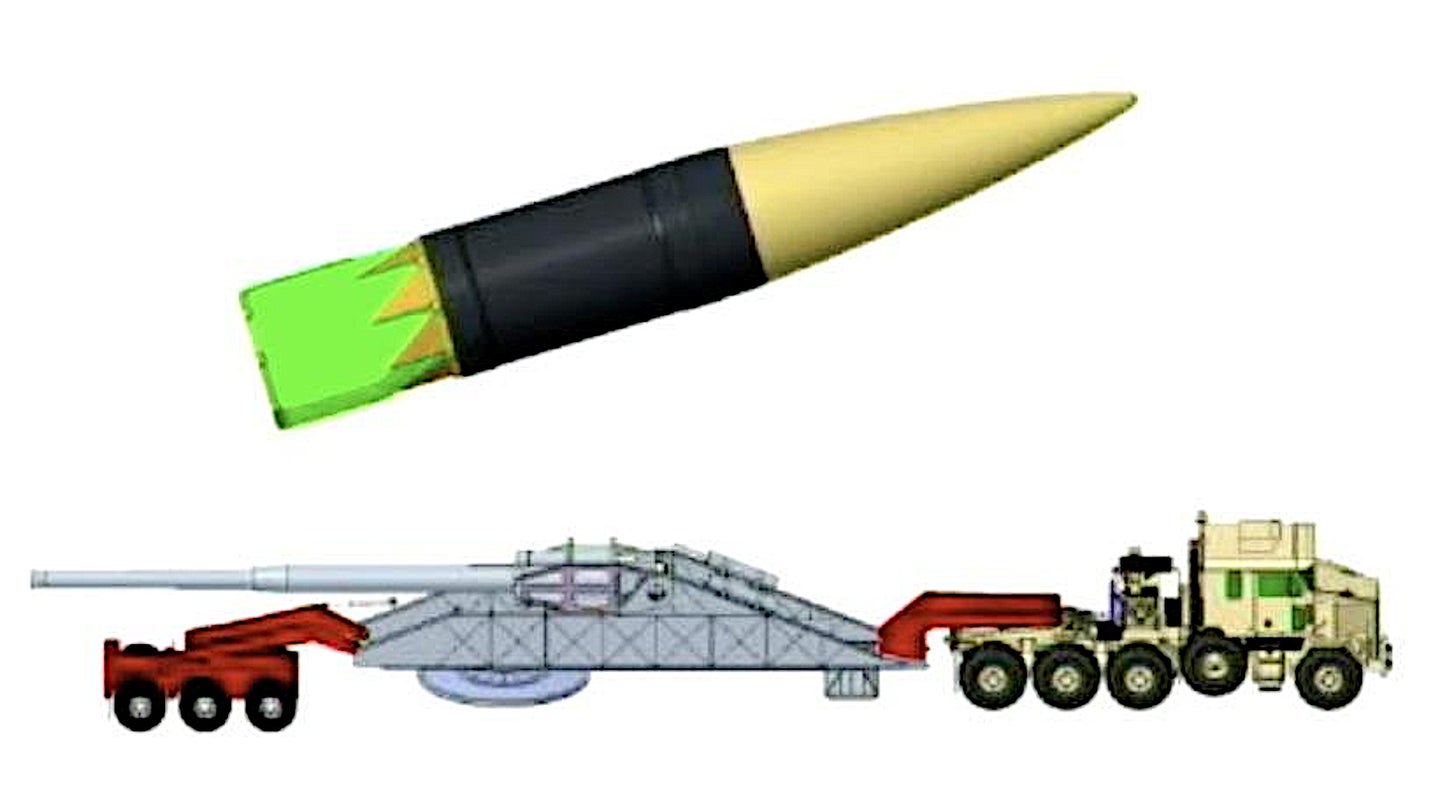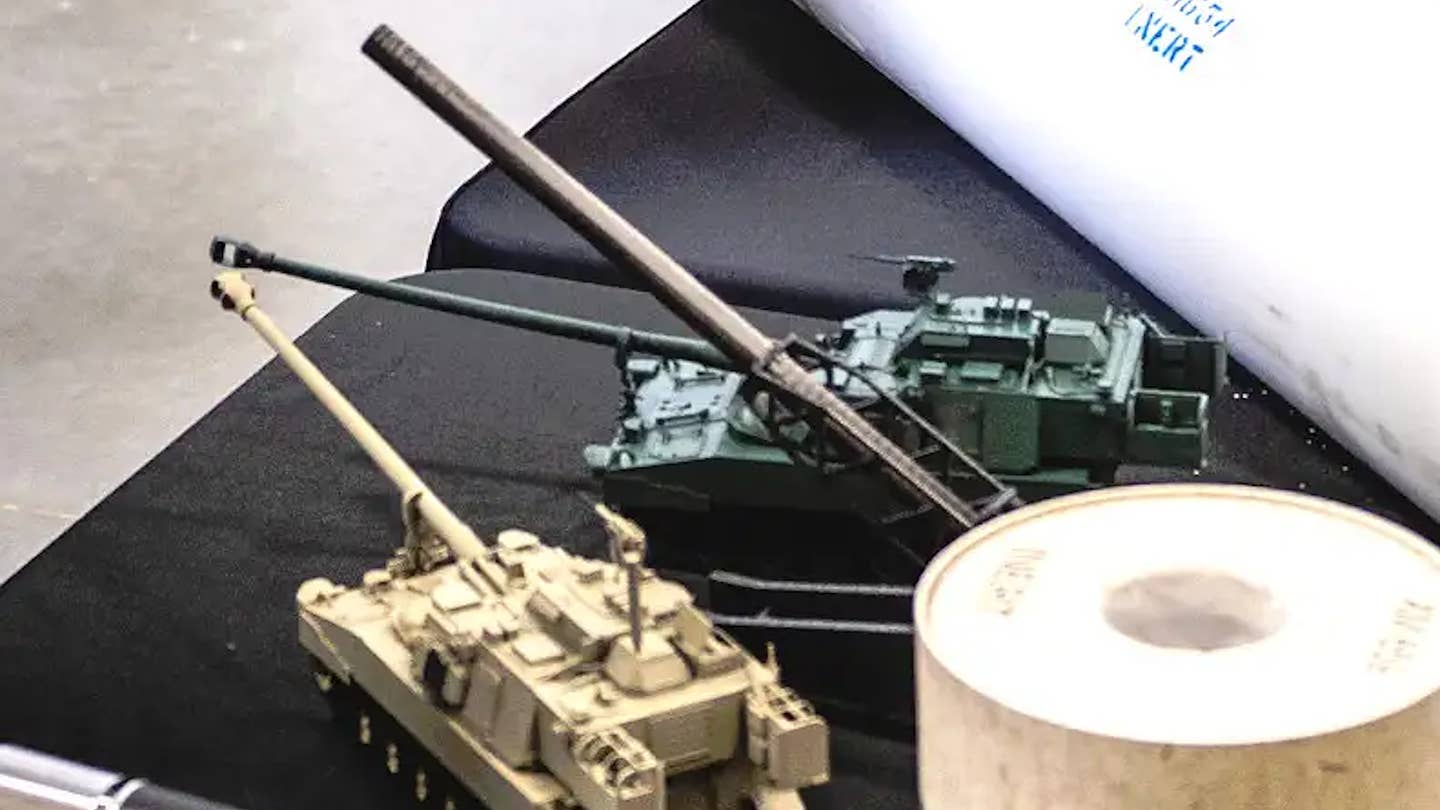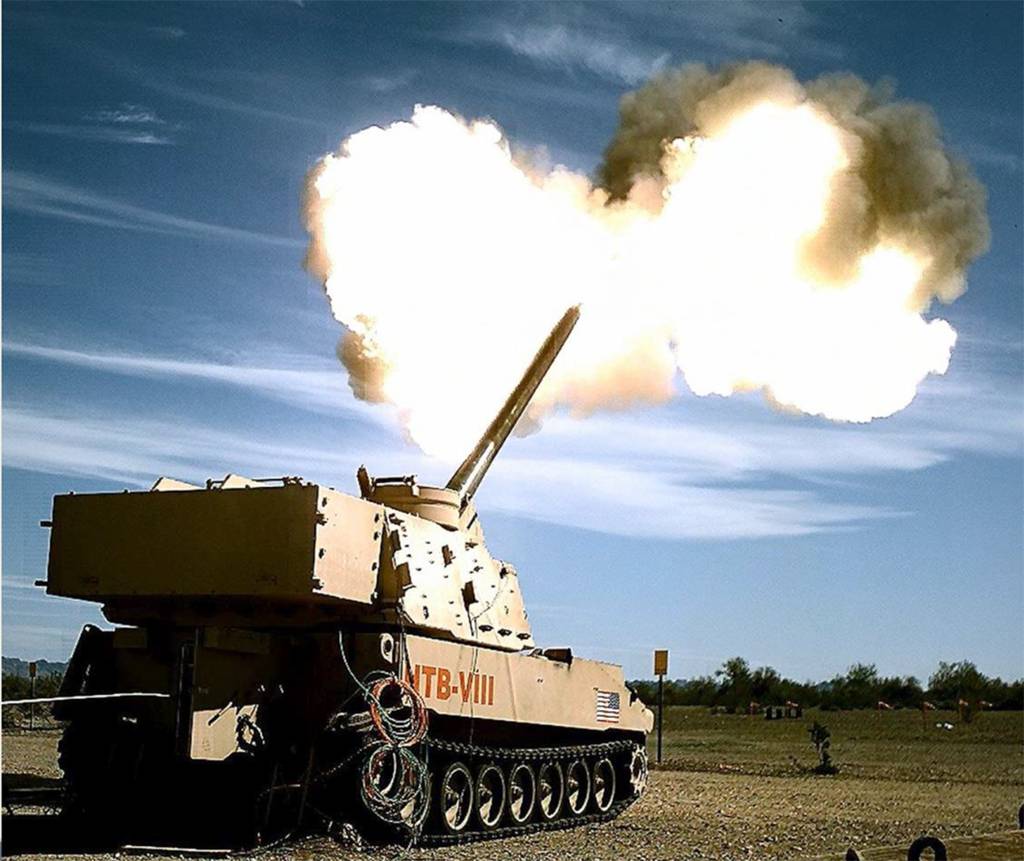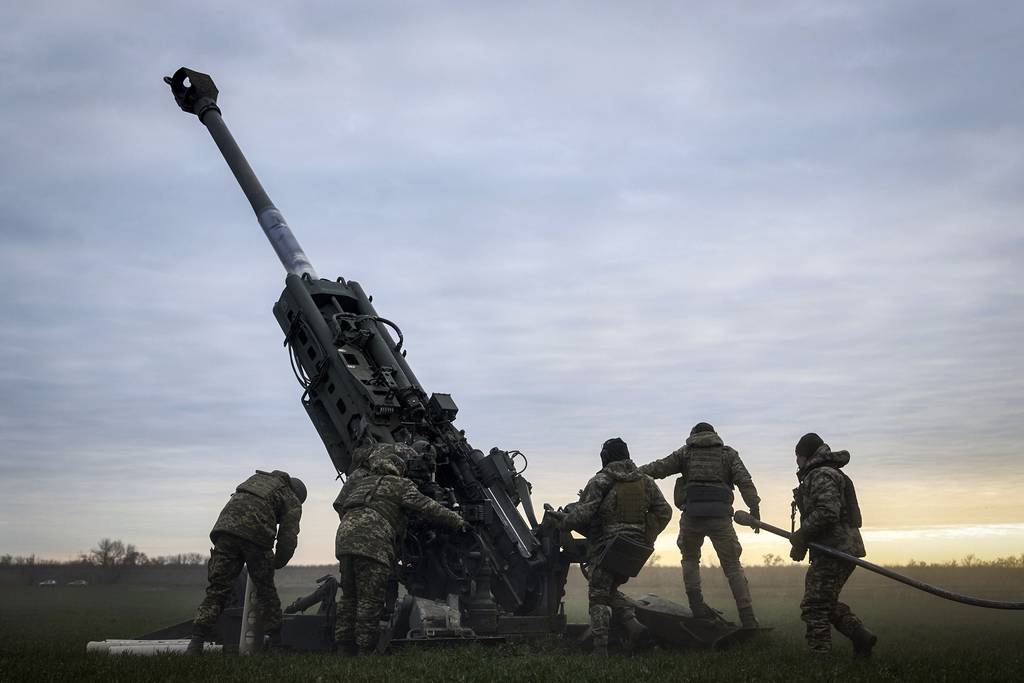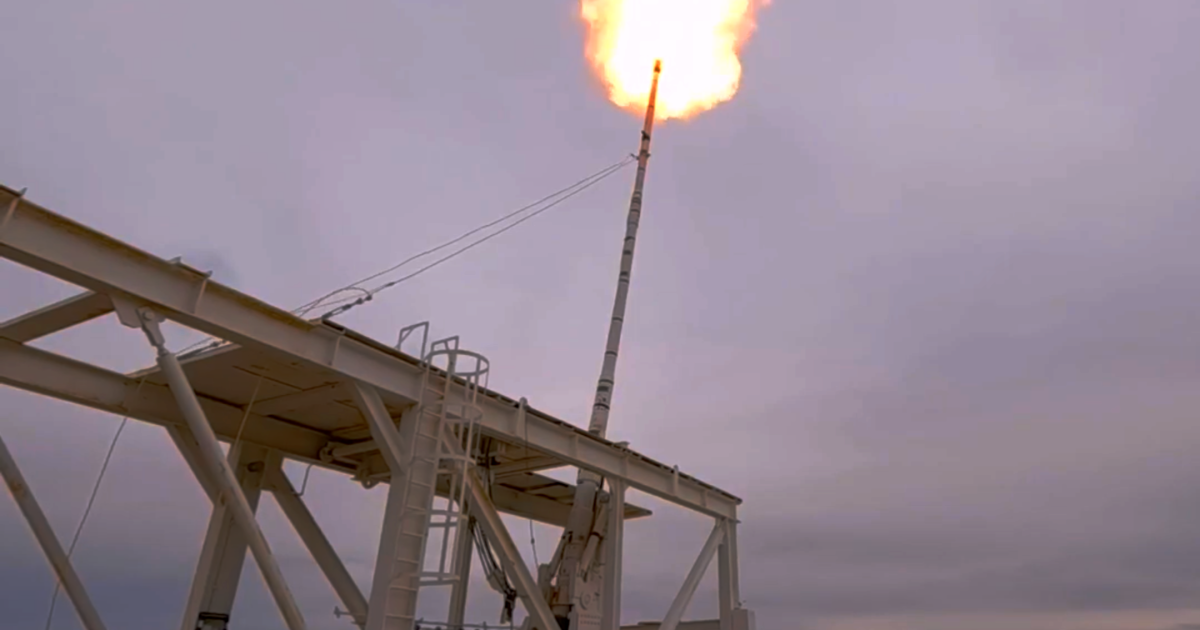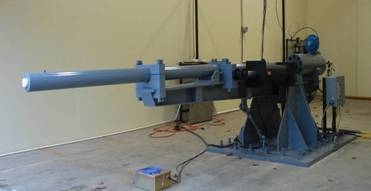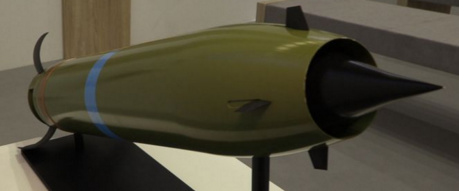
www.navweaps.com
Seems like an attempt to reinvent AGS or VGAS with extra bells on, yet LRLAP was unaffordable, $.8-1.0mil per round, and it only had to get to 150km (83nm). If you want to go 1000 miles, then you pretty much have to assume very high elevation if not vertical, because you have to get out of the thicker atmosphere for most of the flight. And, unlike LRLAP, any 1000 mile capable projectile probably needs a second stage (counting its muzzle velocity as the first stage) to boost it in the appropriate direction, because otherwise you're going to be talking flight times of around an hour or more. Muzzle velocity for AGS was 825m/s, which equates to a 32 minute time of flight to 1000 miles, assuming it doesn't slow down at all, which is unlikely, especially if you expend that initial velocity getting to height).
Remember, the USN concluded LRLAP was unaffordable even when estimates were they might get it down to $35k/round in volume production (but were 'challenging'), whereas the Army was happily talking $.4-.5m for SLRP. Another issue to consider is that LRLAP had a CEP of 20-50m. If you're firing a handful of conventional shells to 1000 miles, and probably attacking hardened infrastructure (because what else is worth engaging at that range) then you probably want better accuracy than that, but drift etc will be far worse at 1000 miles than 83 miles, so it's a harder - more expensive - problem to fix.
WRT submarines, I'm pretty sure VGAS came up in relation to the Ohio SSGN conversions (same timeframe), but no idea how serious that was. Sensors on the submarine are irrelevant, because it would be firing at downlinked GPS coords (just the same goes for the Army version). WRT the advisability of firing from a sub, if you're punting a dozen Tomahawks out of your VLS that's pretty non-stealthy, yet that's what exactly what the Ohios do, so putting a VGAS in a sub isn't a non-starter in terms of operational concept.
On a historical note, there have been subs with 12" guns, the RN's M-1 class, but the operational concept there was to use the 12" as a torpedo substitute, coming up to periscope depth, with the muzzle just above water, and engaging at short range. There have been other subs intended for gun combat, HMS X-1 and Surcouf, plus a bunch of never-builts, but again they were meant for surface combat, not bombardment.
